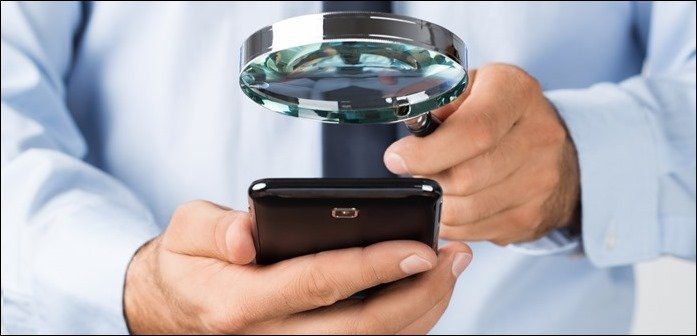While different services have enabled us to wirelessly send files, notes, share clipboard and even access notifications from PC, Pushbullet gives us all of that bundled in a neat little app with a fresh perspective towards sharing data between the phone and the PC. You’ll need to download the Pushbullet app and also the corresponding extension for Google Chrome or Firefox. You’ll also need to sign up for an account, which you can do with your Google log in, which is the only way to enable the service. Once you’ve done that, Pushbullet will ask you if you want to mirror your notifications using the Chrome browser on your computer. This is an incredibly useful feature and works well in my testing. The notification mirroring is also customizable. You can disable mirroring for any app and you can also dismiss the notification right from your desktop.
How To Push Text and Files
To push anything from Chrome to Android, just click on the Pushbullet icon from the extension bar. A neat little window will popup. In here you will find the link to the page you are currently visiting already filled in, or you can paste in something else entirely if you want. You can also add a note or a list, an address or even a file (as long as it’s less than 25MB). Pushbullet is contextually aware, so any link that’s pushed to your phone’s notification bar opens directly in your default browser when tapped. Similarly, addresses open in Maps and files start downloading through Android’s Download Manager instantaneously. To push anything from your Android phone to Chrome on your computer, fire up the Pushbullet app and tap the handy Pushbullet button with a + on the lower right corner. This will bring up a new menu. From here select your option, add some information, tap push and you are done! Cool Tip: You may also try DeskNotifier to push Android notifications to your Windows desktop. That’s an interesting tool too.
The Good
History: Whether you are using the website or the Android app, Pushbullet always shows you a history of everything you’ve pushed through your devices. They stay here even after you’ve dismissed the notification. Pretty handy. Push To Friend: Push to friend allows you to push data just like you do between your devices but with your friends. This can be useful to send directions or files directly to your friend without using email. But do make sure your friend isn’t a troll (I know, goes without saying).
The Really Good
Notification Mirroring : Apps like AirDriod use your IP address to connect your Android phone and PC. But because the data here passes though the Pushbullet servers, the notification mirroring is available even when your phone is using data instead of Wi-Fi. You can of course disable this feature and mirror only via Wi-Fi from settings. Cloud Based Reminders: Sending notes and lists directly to the notifications bar is Pushbullet’s subtle feature. But once you start using it the right way, you start seeing its genius. When you push any kind of text through your browser, it stays there in your phone’s notification bar till you swipe it away. So if you have something important to do, just push it forward and it will stay there haunting you every time you pull down the notifications bar, which if you are a normal mobile user, is every 5 minutes.
The Bad
Pushbullet’s biggest feature is also its weakest. Pushbullet uses its own servers to send data and files even when all your devices are connected on the same network. While this feature gives you a good amount of flexibility, it also means that the 25MB file will take a couple of minutes to push between devices instead of a couple of seconds.
You Push?
You’ll find the word Push being used 15.6 jillion times (mathematically sound) across its services and throughout this article as well. But what we’d like to know is how you send small chucks of information from your PC to your phone and if you think Pushbullet will make your life a bit easier in this regard. Chime in with your thoughts in the comments. The above article may contain affiliate links which help support Guiding Tech. However, it does not affect our editorial integrity. The content remains unbiased and authentic.











